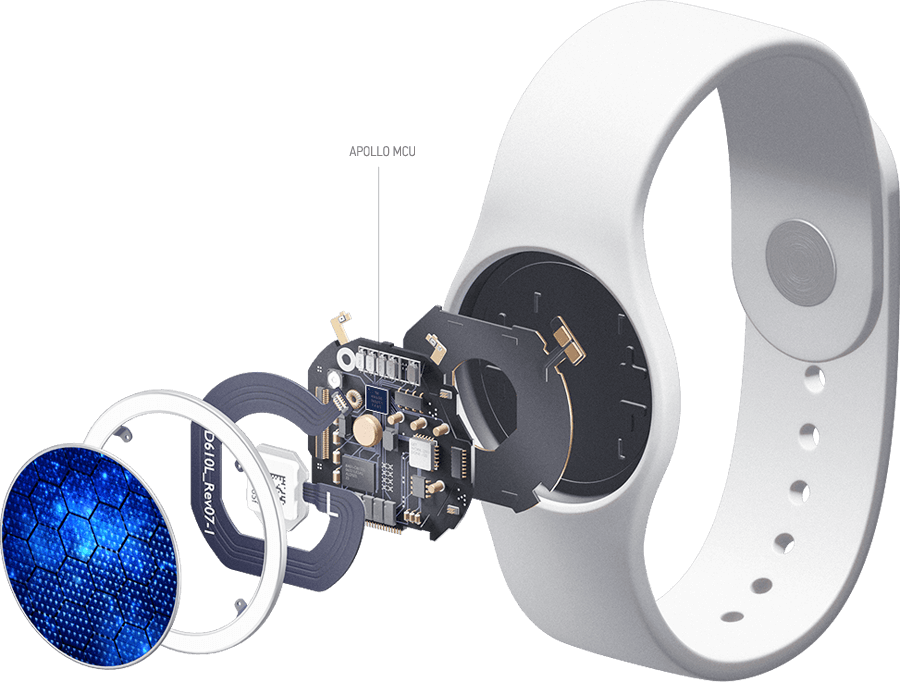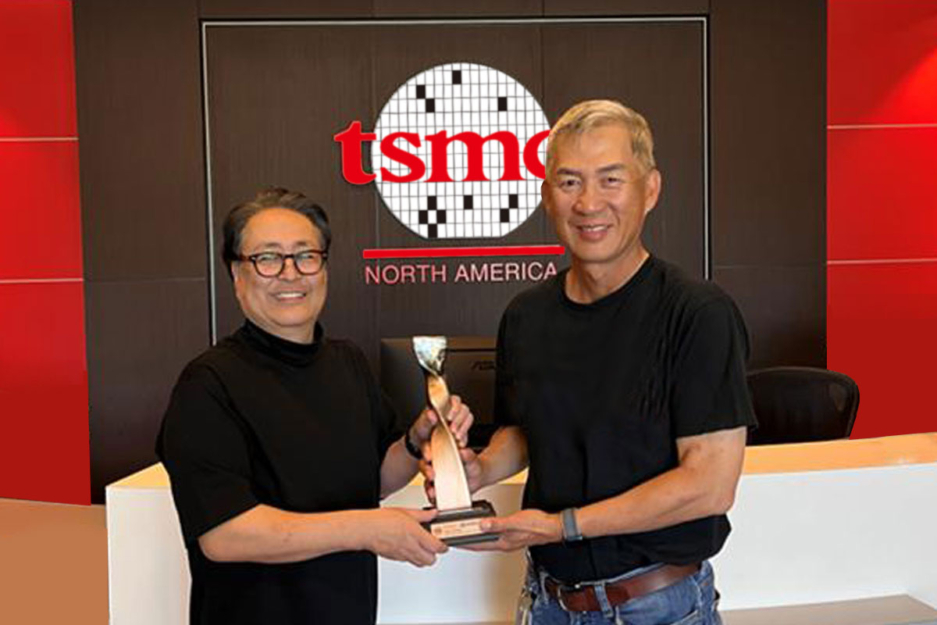
Initially, NASA dismissed LOR like a riskier possibility, as an area rendezvous experienced yet to become carried out in Earth orbit, a lot less in lunar orbit. Various NASA officers, including Langley Study Middle engineer John Houbolt and NASA Administrator George Low, argued that a lunar orbit rendezvous supplied the simplest landing around the Moon with quite possibly the most Price tag–efficient launch vehicle, and the very best likelihood to accomplish the lunar landing inside the decade.[39] Other NASA officials became certain, and LOR was then formally picked as being the mission configuration for that Apollo system on November 7, 1962.
The Apollo eleven prime crew experienced Not one of the shut cheerful camaraderie characterized by that of Apollo 12. In its place, they solid an amiable Functioning romance. Armstrong in particular was notoriously aloof, but Collins, who deemed himself a loner, confessed to rebuffing Aldrin's tries to produce a more private romantic relationship.
With around 2MB of MRAM and 2.75MB of SRAM, the Apollo4 Plus has much more than ample compute energy and storage to take care of intricate algorithms and neural networks whilst exhibiting lively, crystal-apparent, and clean graphics.
With as much as 2MB of MRAM and 1.8MB of SRAM, the Apollo4 has ample compute and storage to manage elaborate algorithms and neural networks though displaying vibrant, crystal-clear, and smooth graphics.
Regions that appeared promising on images taken in the world ended up generally uncovered to generally be totally unacceptable. The first need which the web page be freed from craters needed to be comfortable, as no these web-site was observed.
Meanwhile, on May 24, engineers in the North American plant discovered hairline cracks in propellant tank welds of Yet another S-II stage. The next day, workers within the VAB began the second destack of your rocket, eradicating the S-II phase on June three for thorough inspections. Comprehensive X-ray and dye penetrant assessments uncovered no cracks, and employees began re-assembling the rocket on June eighteen. Engineers during the MSOB completed the wiring operate in CM-017, reassembled it with its other elements, and returned it to the VAB where floor crews stacked the spacecraft for the ultimate time on June 20. The stacking, unstacking, and restacking process experienced taken 8 months.
This Template lists historical, existing, and potential Room rockets that no less than when tried (although not always succeeded in) an orbital launch or that are prepared to try this type of launch Down the road
Usually-on Audio Generally-on Audio Expertise certainly often-on voice processing having an optimized sound cancelling algorithms for apparent voice. Accomplish multi-channel processing and superior-fidelity digital audio with Improved digital filtering and minimal ability audio interfaces.
But it surely wasn’t prolonged prior to this plan fell away from favour. With spacecraft 014, the spacecraft for Apollo 2, slipping terribly behind, lots of commenced questioning the value of traveling a second Block I mission. There wasn’t far too much the company could learn from the Block I flight that it could then use into the Moon-certain Block II missions. Besides, NASA had lengthy abandoned the exercise of duplicating missions; not due to the fact Gus Grissom followed in Al Shepard’s suborbital contrails in 1961 experienced NASA duplicated a mission.
A proprietary calibration algorithm to digitally tune the RC and XT oscillator frequency with accuracy as low as two ppm.
Over the morning of Aug. 26, 1967, the crawler transporter rolled underneath ML-1 and picked it up from its six mount mechanisms. The very first flight-ready Saturn V exited the VAB to start its slow rollout to Launch Pad 39A, with reporters from throughout the world witnessing the historic party. The 18-million-pound combination of the rocket, the cellular launcher, the launch umbilical tower, and also the crawler transporter moved at a lot less than a person mile for every hour to produce the 3.
[110] Mission controllers had planned to ship Apollo twelve's S-IVB into photo voltaic orbit just after separation from the Apollo spacecraft, but it is believed the burn up lasted way too very long, and as a result didn't mail it shut enough towards the Moon, so it remained inside a hardly steady orbit throughout the Earth and Moon. In 1971, by way of a series of gravitational perturbations, it really is thought to get entered in the solar orbit then returned into weakly captured Earth orbit 31 several years later on. It still left Earth orbit once again in June 2003.[111] See also[edit]
“As Ambiq carries on to diversify and grow its corporations around the globe, The brand new Technological know-how Design Center is a further testament to our commitment and expense in Singapore ble microchip for long term achievement, enabling us to expand our advancement teams successfully.”
“EDBI's deep and longstanding collaboration with Ambiq has resulted in the company furnishing important help to Singapore’s TraceTogether token venture, which happens to be synonymous with Singapore’s prosperous attempts to combat COVID-19.

Get Smart. Use Less Energy.
Ultra-low power SoCs for IoT endpoint devices
that demand complex operations
and longer battery life.
✍ Ambiq® is committed to further improve the quality of life by enabling the intelligence of endpoints while further reducing carbon footprints. Ambiq – your partner in endpoint intelligence.
✯✯✯Based in Austin, San Jose, Hsinchu, Shenzhen, and Shanghai, our leadership and management teams consist of advocates, builders, enthusiasts, entrepreneurs, explorers, incubators, inventors, pioneers, protectors, thinkers, and visionaries. With a diverse spectrum of experiences and skillset, we came together and united with one goal to enable the true Internet of Things where the battery-powered endpoint devices can truly be connected intuitively and intelligently 24/7.
Ambiq Wins the Demo of the Year Award at 2023 TSMC Technology Symposium
September 7, 2023, Austin, TX – Ambiq®, a leading developer of ultra-low-power semiconductor solutions that deliver a multifold increase in energy efficiency, was awarded the Demo of the Year Award by TSMC as a participant of the Innovation Zone at the 2023 TSMC North America Technology Symposium.
Ambiq Wins the Demo of the Year Award at 2023 TSMC Technology Symposium
During the April event, Ambiq showcased various product design wins using TSMC’s 22nm technology in wearables, digital health, smart home, Industrial IoT, pet trackers, and retail segments, with industry-leading energy efficiency. Ambiq also featured two live demos emphasizing its leadership in enabling endpoint AI with its HeartKit™ for remote patient monitoring and its graphics display capabilities for a vivid user interface.

TSMC pioneered the pure-play semiconductor foundry business model when it was founded in 1987, helping startup companies accelerate their innovations by providing access to the industry’s leading process technologies and Apollo3 blue manufacturing capacity. Since 2021, TSMC has expanded that mission with an Innovation Zone at its worldwide Technology Symposiums, highlighting how TSMC partners with startup companies to enable cutting-edge products from various applications, including high-performance computing, communication, automotive, IoT, and consumer segments.
“We’re grateful to TSMC and our booth visitors for allowing us to share our energy-efficient technology and processor solutions with them,” said Ambiq’s CEO, Fumihide Esaka. “We’re moving towards an exciting frontier of AI becoming more engrained with our daily lives. With that vision on the horizon, we will continue to develop innovative and first-of-its-kind ultra-low-powered solutions that keep innovation and sustainability in mind.

Ambiq’s mission is to develop the lowest-power semiconductor solutions to enable intelligent devices everywhere by developing the lowest-power semiconductor solutions to drive a more energy-efficient, sustainable, and data-driven world. Ambiq has helped leading manufacturers worldwide develop products that last weeks on a single charge (rather than days), while delivering a maximum feature set in compact industrial designs. Ambiq’s goal is to take Artificial Intelligence (AI) where it has never gone before in mobile and portable devices, using Ambiq’s advanced ultra-low power system on chip (SoC) solutions. Ambiq has shipped more than 200 million units as of March 2023.
Ambiq Designs Low-Power for Next Gen Endpoint Devices
Ambiq’s VP of Architecture and Product Planning, Dan Cermak, joins the ipXchange team at CES to discuss how manufacturers can improve their products with ultra-low power. As technology becomes more sophisticated, energy consumption continues to grow. Here Dan outlines how Ambiq stays ahead of the curve by planning for energy requirements 5 years in advance.
Ambiq Highlights From Embedded World 2024
Facebook | Linkedin | Twitter | YouTube